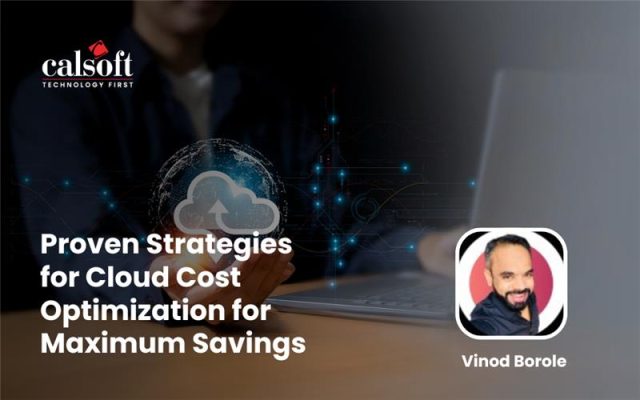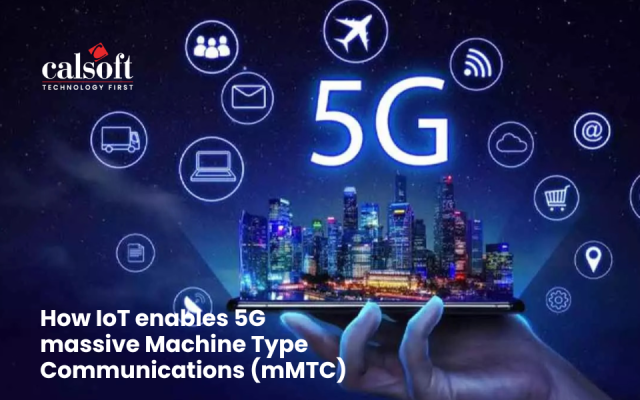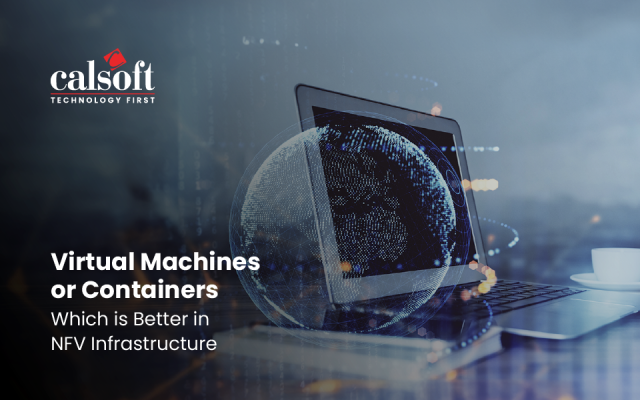There has been a revolution of innovations in OpenStack ecosystem. The latest innovation is TripleO. It is also called OpenStack over OpenStack.
The Red Hat OpenStack Platform director is a tool for installing and managing OpenStack environment. It is based primarily on the TripleO.
The RHOSP director uses two concepts:
- Undercloud
- Overcloud
TripleO is a method of deployment in which dedicated management node (called as undercloud) is used to deploy another OpenStack environment which is used for the actual tenants and their workloads (called as overcloud). The undercloud is the main director node which is contained in a single machine. This OpenStack environment is used to take care of the monitoring and management of overcloud environment.
TripleO can deploy OpenStack on bare metal as well as virtual environments provided the environment satisfies minimum requirements.
The following diagram illustrates a basic concept of TripleO.
The RHOSP director provides high availability by using controller node cluster to one’s OpenStack Platform environment. The cluster provides the fall back mechanism in case of operational failure on single controller node.
The reason for having TripleO is to have simplicity, and to eliminate the complications. The use case could be to maintain many clouds using a single cloud. Or in case of someone wanting to use development cloud prior to pushing applications to a production cloud.
Red Hat is investing massively on TripleO and there is something really fascinating and new happening with it.
The whole objective of TripleO is to think beyond installation and to concentrate on the long-term management, monitoring, maintenance and upgrading of the cloud.
Calsoft Openstack Expertise:
Calsoft has expertise in the field of Cloud, Storage, Networking and Virtualization and has been actively contributing to the OpenStack community since its inception in 2010. Calsoft can assist Cloud ISVs in adopting and unleashing the power of open source cloud such as Openstack over Openstack.
[Evolution of @OpenStack: TripleO ~ via @CalsoftInc”]







